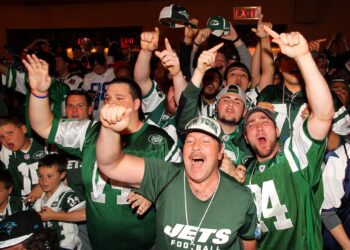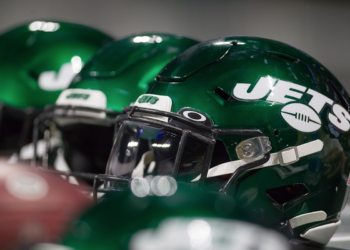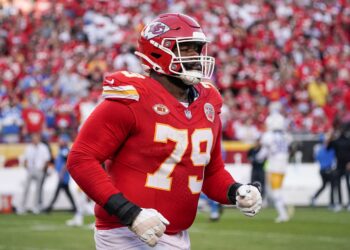Evolution
The Ongoing Chess Match That is the NFL – Rick Allen
I was watching the news the other day and heard a reporter ranting about the beer drinking Neanderthal football fan. I realized that the most astute football fan must be pretty sharp in order to keep up with the ever changing NFL. By that, I mean if I watched the 1986 Mets play and then watched a game from last season, I would notice only minor changes. The graphics have improved and the players are better conditioned, but the game itself is very similar. This is a stark contrast to the difference between the 1980’s NFL and today’s game.
Since the beginning of time, offensive and defensive coordinators have been in a chess match to develop new ways to succeed. It started with the inception of the forward pass and continued more recently with Bill Walsh’s west coast offense and the run and shoot. Even the first offense ever created, the single wing, comes full circle and re-emerges as the wild cat. These are just a few examples that put defensive coordinators on full alert, pouring through endless hours of game film looking for vulnerabilities and talking to other coordinators about what worked and what didn’t work. Inevitably someone cracks the code, and the copy cats are out in full force. So the chess game continues, sending offensive coordinators back to the think tank.
There have been many changes to NFL offenses this year, but none as prevalent as the big, athletic, agile tight end. Once a glorified blocker, John Mackey of the Baltimore Colts exhibited great offensive skill and suddenly every team was looking for a tight end they could throw to. The likes of Rob Gronkowski of the Patriots and Jimmy Graham who catches everything Saints quarterback Drew Brees throws to him have brought the tight end to an astonishingly high level. This creates an entirely new challenge for defensive coordinators; mismatches not innovation are the key to the success of today’s tight end, linebackers can’t keep up and safeties have a major size disadvantage.
Today’s offenses have put defensive coordinators on the chess clock. Can you scheme a defense to slow down these tight ends? In the NFC divisional playoff round the 49ers managed to knock Graham silly, but that’s not a viable long term strategy. In the AFC championship game, proper angles and good tackling slowed down the Patriots tandem of Gronkwski and Aaron Hernandez, but I would suggest Brady’s lack of typical accuracy was as important a factor. Will this force general managers to once again be on the lookout for the bigger safety? As just another example of the league gong full circle, the once lean athletic safety was later replaced with a larger more physical specimen. Recently with the NFL becoming a QB and passing league, we have seen the return of the sleeker, faster safety. Will these modern tight ends force yet another change? Or with less emphasis on the running game, will an undersized LB in the mold of the Cowboy’s Sean Lee become the new norm?
Defenses can’t continue to allow the tight end to dominate the game, especially when you consider the importance of red zone success and the positive impact Gronkowski and Graham have made for their respective teams. Defensive coordinators know tight ends must be stopped. Who will create the blueprint? Will it be a GM with personnel changes, or a defensive coordinator with a game plan he conceived living on coffee, in a dark room, with nothing but his job on the line? I wish I had the answer. But what do I know? I am just a beer drinking Neanderthal football fan, and proud of it.
Videos
Covering Jets top 30 Visits, Aaron Rodgers Slander and some of "our guys"









